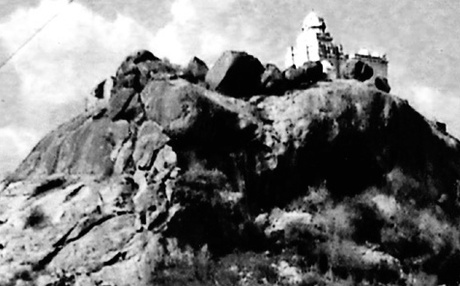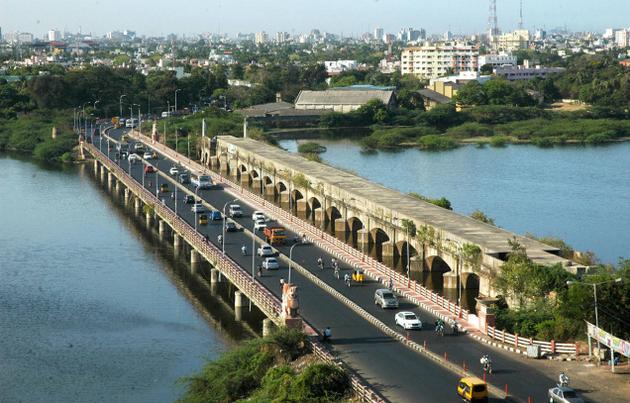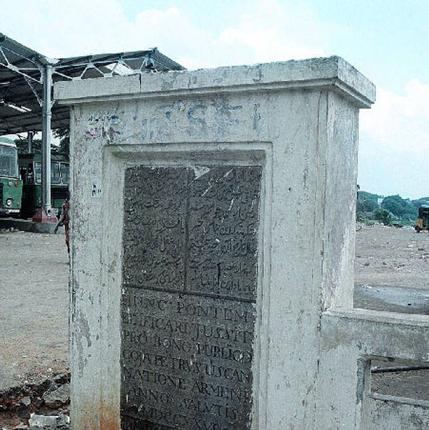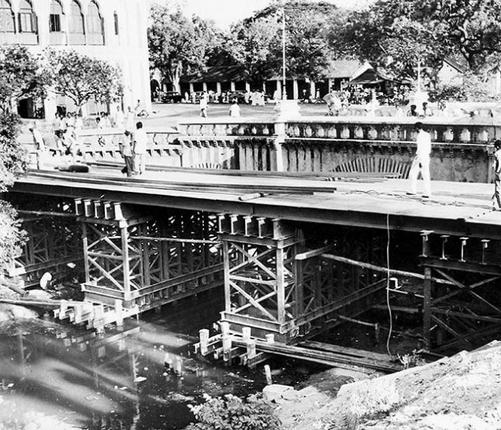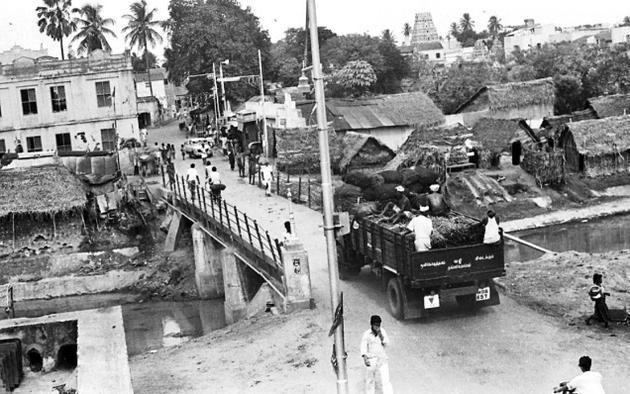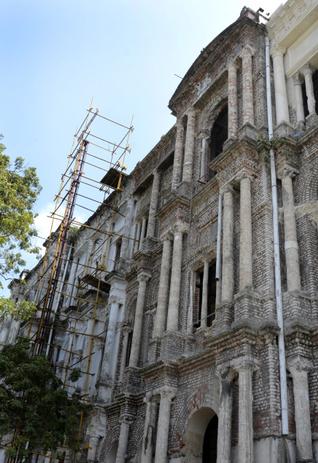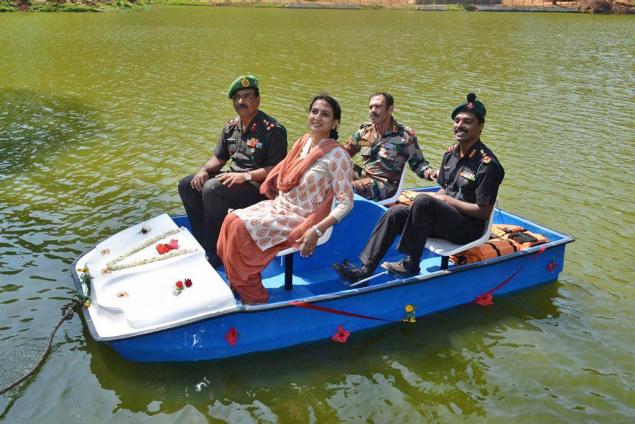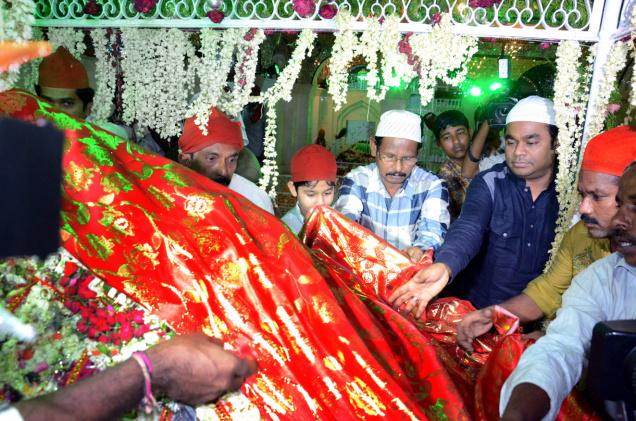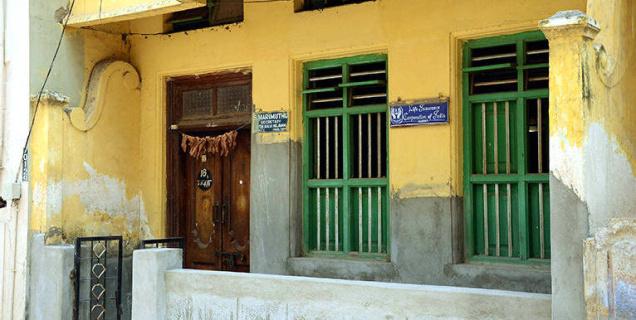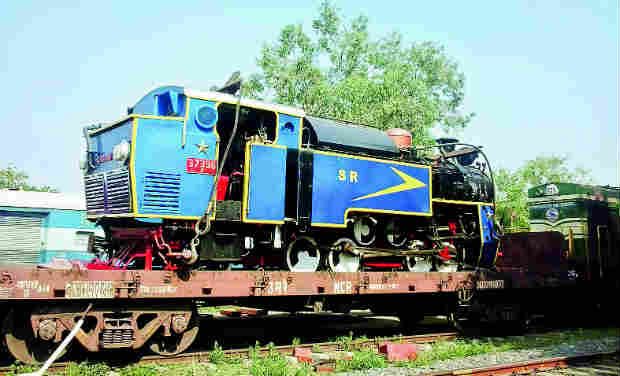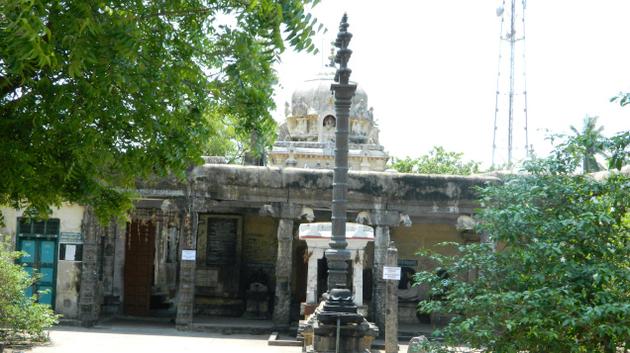
We walk through the dusty lanes of the ancient port town of Marakkanam and discover salt mounds and layers of history
So, we fancy ourselves as relic hunters. Since leather pants and utility belts won’t go too well when you’re hunting for history in rural Tamil Nadu (on the brink of a sweltering summer), we stick to capris and cotton tops. About 30-odd kms before Puducherrry, just as we’re breezing through the ECR, the salt in the air mingles with the wind in our hair. We have reached our destination; Marakkanam.
At first sight, it doesn’t look like there’s much to this town. Bullock carts block traffic, two-wheelers whiz past carrying huge loads and there seems to be no conceivable way to the sea, even if this is an ancient trade port and now, a fishing village. But soon, we discover there’s more to Marakkanam.
If you take one of the smaller routes just off the main roads and drive down, you see yourself stranded in the middle of mountains of rock salt; these shimmering mounds reflect light and are an absolute sight at close range. And just beyond this mound, you glimpse the panoramic world of salt pans. Square grids with salt mounds in between; people working in groups, the motor chugging along and at a distance, the traffic whirring past at breakneck speed; for a surreal moment, you wonder if you’re stuck in a Murakami novel before a thimble of salt brings you crashing back to reality.
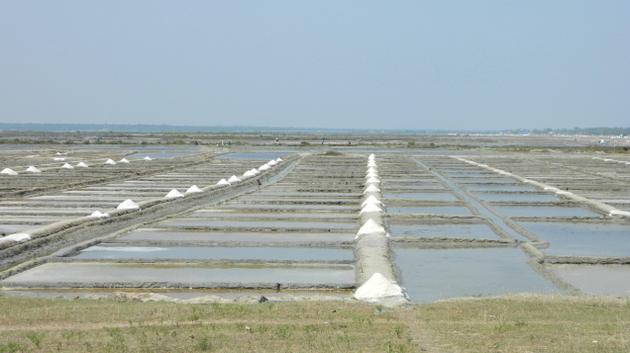
Just beyond the salt pans are boat shops. While it’s rather odd to catch fishing boats stranded on land, you’ll find carpenters and others hard at work to put them back in the waters. Boat repair work shops are big in this area.
This brings one to Marakkanam’s significance as an ancient sea port. In the Sangam age, a lot of trade was being carried out with the Greek and Roman kingdoms. Among the major ports around this time that Ptolemy mentions are Mylarphan (Mylapore), Poduke (Arikamedu), Soptana (Marakanam), and even Comari (Kanyakumari). This port even features in Tamil works such as Sirupaanaattruppadaiand Perumpaanaattruppadai as Eyirpattinam.
In an excavation that took place in 2005-2006 near the Bhoomeswarar temple copper coins, terracotta pipes, copper rings, porcelain shards and iron objects dating to medieval periods were unearthed. We’re trying to find the excavation site (or its remains) but the flower seller outside the Bhoomeswarar temple throws us off course. “The only thing that’s been dug out here and cleaned recently was the temple tank,” she says dismissively, before trying to sell us jasmine flowers.
The temple seemed a more inviting option, even if the sanctum sanctorum remained closed in the afternoon. While the outer façade seems like it was painted recently, the interiors inside wear their age on their sleeve. Built during the Chola period, the intricate stone carvings on the pillars and its weary walls are reminders of another age. There are smaller enclosures inside and any lover of mythology and religion can spend hours dissecting the many stories of Shiva that are etched on them.
Outside the temple, we find a rundown façade that is shrouded in overgrown foliage. The old chariot platform lies in ruins, its arches mere bricks holding themselves together. “In the old days, people would climb up there to enter the ther,” the flower seller pipes up again, holding up a jasmine garland hopefully. But we walk away with a shake of our heads, our hunt coming to a close.
***
Getting There
Marakkanam is about 120 km from Chennai and 35 km from Puducherry. It can be reached by bus or car.
What Not To Miss
The salt pans are a must see. Also visit the Boomeshwarar temple.
Where To Stay
Puducherry, Mahabalipuram and Chennai have good accommodation.
source: http://www.thehindu.com / The Hindu / Home> Features> MetroPlus> Travel / by Anusha Parthasarthy / April 25th, 2013
